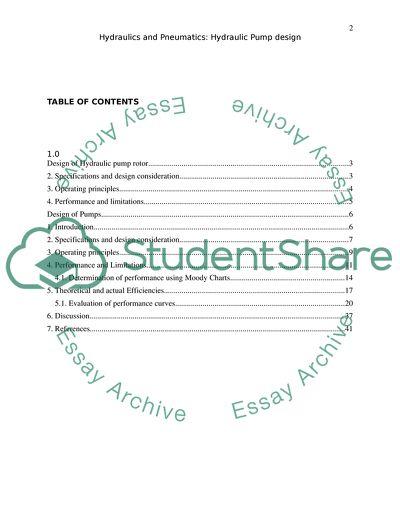Cite this document
(Hydraulics and Pneumatics: Hydraulic Pump Design Term Paper Example | Topics and Well Written Essays - 4000 words, n.d.)
Hydraulics and Pneumatics: Hydraulic Pump Design Term Paper Example | Topics and Well Written Essays - 4000 words. https://studentshare.org/engineering-and-construction/1867676-hydraulics-and-penumatics
Hydraulics and Pneumatics: Hydraulic Pump Design Term Paper Example | Topics and Well Written Essays - 4000 words. https://studentshare.org/engineering-and-construction/1867676-hydraulics-and-penumatics
(Hydraulics and Pneumatics: Hydraulic Pump Design Term Paper Example | Topics and Well Written Essays - 4000 Words)
Hydraulics and Pneumatics: Hydraulic Pump Design Term Paper Example | Topics and Well Written Essays - 4000 Words. https://studentshare.org/engineering-and-construction/1867676-hydraulics-and-penumatics.
Hydraulics and Pneumatics: Hydraulic Pump Design Term Paper Example | Topics and Well Written Essays - 4000 Words. https://studentshare.org/engineering-and-construction/1867676-hydraulics-and-penumatics.
“Hydraulics and Pneumatics: Hydraulic Pump Design Term Paper Example | Topics and Well Written Essays - 4000 Words”. https://studentshare.org/engineering-and-construction/1867676-hydraulics-and-penumatics.


